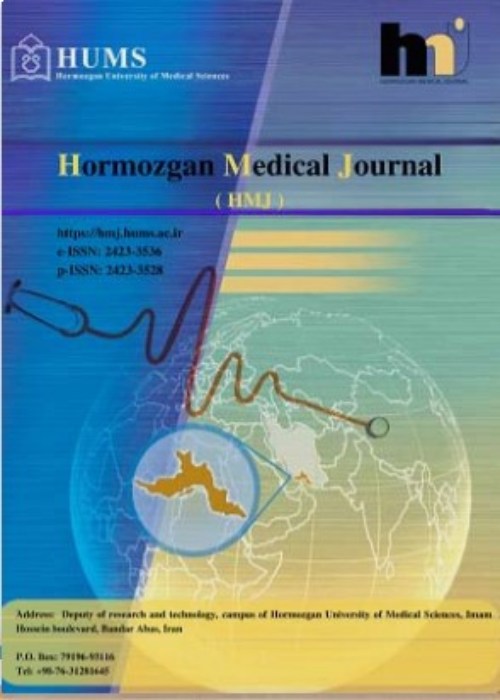Coronavirus and Sexual Transmission: A Systematic Review
Severe acute respiratory syndrome coronavirus 2 (SARS-CoV-2) was first identified in December 2019 in Wuhan, China. Although the respiratory system is infected by this disease, other tissues are prone to coronavirus attack so that the male reproductive system can be another target for the virus, causing sexual transmission of coronavirus. The extant research systematically reviewed the studies conducted on COVID-19 and the sexual transmission possibility.
In this systematic review study, the articles and papers were collected by using some keywords such as COVID-19, Semen, Novel Coronavirus, SARS-CoV-2, Angiotensin-converting enzyme 2 (ACE2), and Male Infertility searching through PubMed, Web of Science, Scopus, and Google Scholar databases using OR and AND operators from December 2019 to November 2020. There was not any constraint on publication language when searching through electronic data sources directly or in reviewing the reference list of studies. Thirteen papers as eligible articles were studied finally. The original research studies examining the expression of SARS-CoV-2 in semen fluid or sexual transmission of this virus in men were chosen, while other studies were removed from the investigation. The full text of the articles was reviewed and discussed by two authors to reach a consensus; disagreements were resolved by consensus. We extracted information on study characteristics from each of the considered studies.
According to current studies, ACE2, which is found abundantly in testicles, can perform as a cellular receptor for SARS-CoV-2. This finding is the foundation of this hypothesis that human testis and semen can be infected by SARS-CoV-2. In particular, a study showed that SARS-CoV-2 might be detected in the semen of patients with COVID-19, while other studies found no viral RNA in testicular biopsy tissue. Furthermore, some studies concluded that this virus, even in the acute phase, could not infect the testicles or the male genital system. Accordingly, no evidence confirms that this virus can be transmitted through male genital organs.
Although this virus has not been detected in semen fluid and it has not been sexually transmitted, one study reported this virus in the semen of coronavirus-infected patients and introduced its possible sexual transmission. Therefore, there is a low probability of sexual transmission of coronavirus.
COVID-19 , Novel coronavirus , SARS-CoV-2 , Semen , ACE2 , Male infertility
- حق عضویت دریافتی صرف حمایت از نشریات عضو و نگهداری، تکمیل و توسعه مگیران میشود.
- پرداخت حق اشتراک و دانلود مقالات اجازه بازنشر آن در سایر رسانههای چاپی و دیجیتال را به کاربر نمیدهد.


